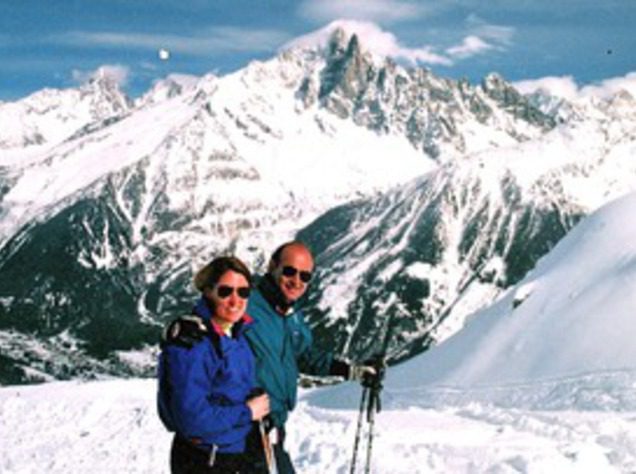The most popular two snow sports, Skiing and Snowboarding, are widely known for causing various injuries on the slopes. Skiiers and snowboarders must understand how rigorous the physical demands of the sport is on an individual and take precaution when picking up the sport. Not only is it important to have the proper gear to avoid injuries, but you must prepare your muscles and use proper instruction when heading out for a day on the mountain.
Between snow conditions, poor judgement, improper preparation, and the other individuals on the mountain, maintaining a injury free day of skiing can more difficult than one would believe. However, with the proper instruction by professional coaches or instructors is crucial prior to beginning the sport. With beginners, it is tough to understand the risks of the mountain and safe skiing and snowboarding techniques. Not only must you be aware of yourself on the mountain, you must pay attention to the direction the others are going and ensure you stay out of each other’s way.
Coaches who work with professional skiiers and snowboarders always focus on preparing physically by strengthening muscles. With both sports, it is imperative that individuals create strong muscles to support their knees. It has been shown that conditioning for both skiing and snowboarding is necessary to prevent injury, and the exercises include anaerobic activity that builds the quadricep, gluteal, hamstring and core muscles. When preparing to ski, beginners and professionals can try doing wall sits, leg presses, box jumps, and leg presses to physically prepare themselves. For snowboarding, focus on your leg muscle the most and your core rotating muscles. With skiing, the majority of injuries occur in the lower body such as knee fractures or ankle strains. On the other hand, in snowboarding injuries are more common on the upper part of the body, with injuries to the wrist or collar bone.
In terms of equipment, skiiers and snowboarders must make sure their equipment fits properly and is adjusted to the correct size. Bindings that are too tight or too loose can cause injury to an individuals ankles or allow them to lose control. Unfortunately, statistics prove that only 48% of skiers and snowboarders throughout the United States wear helmets. This is an incredibly dangerous decision that people make, because concussions are extremely common to mountain users everywhere.
The National Ski Areas Association has published a “Responsibility Code for Reducing Risk”, and the list is one which all skiiers and snowboarders must take note of.
- Always stay in control
- People ahead of you have the right of way
- Stop in a safe place for you and others
- Whenever starting downhill or merging, look uphill and yield
- Use devices to help prevent runaway equipment
- Observe signs and warnings, and keep off closed trails
- Know how to use the lifts safely
CoachUp is the safest and easiest way to find a private sports coach. With our 100% money-back guarantee and vetted coaches, anyone can achieve their full athletic potential. Find your perfect private coach today and become the athlete you want to be!
How useful was this post?
Click on a star to rate it!
Average rating 5 / 5. Vote count: 2
No votes so far! Be the first to rate this post.


